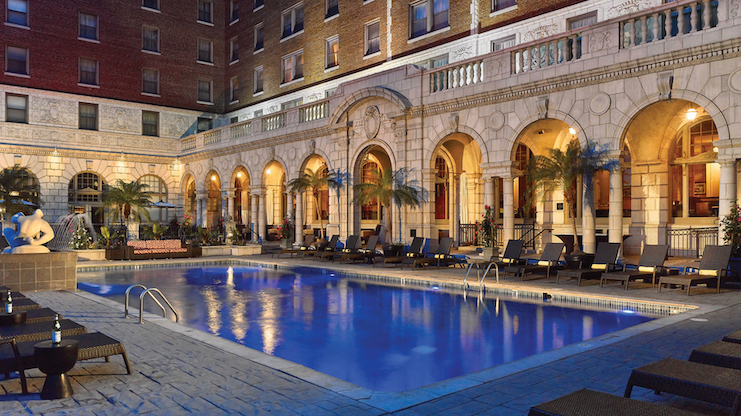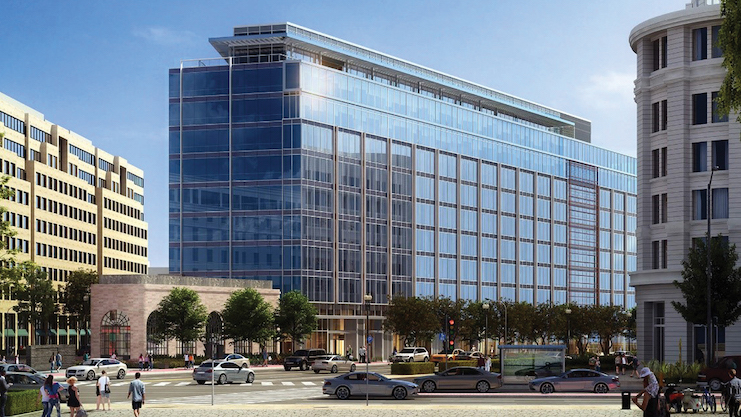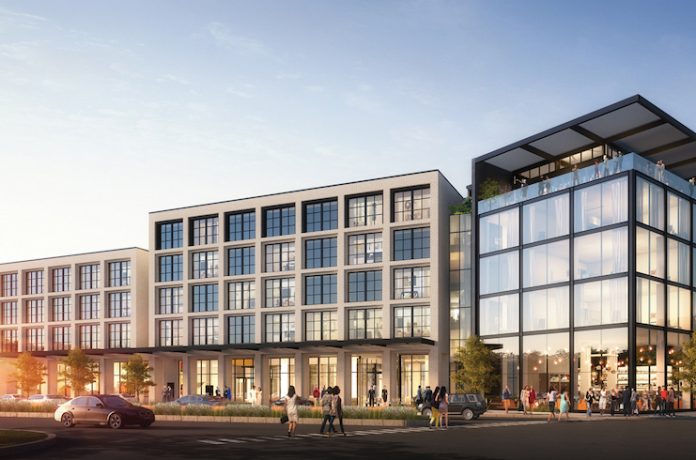Mixed-use development has long been a viable option for hotel owners looking to create multifaceted projects that drive different types of demand, but such projects have increasingly gained favor among developers of late as they offer a number of other financial advantages as well.
With construction costs on the rise and financing increasingly difficult to come by, it’s becoming more challenging to have standalone, new-build hotels pencil out. Such challenges have been the driving force for an uptick in multi-use projects, according to hotel executives.
“The ability to diversify the project, through residential or other [types of properties], provides lenders and investors with additional security. It can also help cash flow—condo sale profits, for example, usually offset some of the expense of building a hotel, which is particularly helpful at the beginning of the project,” said Bill Fortier, SVP, development, The Americas, Hilton. Brian Quinn, chief development officer, Sonesta, reinforced the point and detailed the appeal for the multi-brand franchise company.
“On the development and hotel growth side, [mixed-use is] a way to bring the brand to light in a lot of different ways. It also allows you to continue to get projects done with a little bit of a different equity and debt model,” said Quinn. He further noted that a couple of “positive forces” are driving the mixed-use trend, one of which is the consumer. Quinn also acknowledged mixed use tends to be somewhat cyclical, generally increasing in popularity during economic downturns.
“People are looking for creative ways to fund projects, and we know that this ameliorates the equity requirements and changes the complexion of the debt. The traveler wants it and the real estate owner wants it too,” he said. Sonesta recently announced that its Royal Sonesta Washington DC Dupont Circle will be rebranded to The James, the company’s new lifestyle brand. Quinn noted this was made possible by the recent opening of The Royal Sonesta Washington, DC Capitol Hill, a mixed-use project which will include an integrated office building.
The company’s mixed-use lineup also includes The Royal Sonesta Chase Park Plaza St. Louis—which comprises hotel towers, a residential component, and different types of retail—as well as the Sonesta Bee Cave Austin. The latter property, which opened in 2015, includes a lifestyle center that is embedded in what Quinn described as a “work, live, play,” type of space and is connected to some 75 restaurants and shops. Quinn added that the company has a new ground-up mixed-use project planned for the Caribbean as well.
Meanwhile, The Crescent Hotel in Texas is the hospitality centerpiece of a larger mixed-use project known as The Crescent, Fort Worth, which also includes a 170,000-sq.-ft. Class AA office building and 167 luxury apartments. Scheduled to open this fall, the hotel will include 200 guestrooms (including 12 suites), two restaurants, and a rooftop bar, as well as 14,000 sq. ft. of available event space, in addition to the Canyon Ranch Wellness Club.
Robert Rechtermann, general manager, The Crescent Hotel, referred to it as a “really, really high-profile project here in Fort Worth.”
He touted the various components of the project and how they will work together to drive demand.
“It’s a brilliant project in the sense that you’re combining the various aspects of residential and an office building, and of course the hotel and spa, which will end up being sort of the living room for a lot of the people that are being drawn into this little area,” he said, later adding, “It’s really changing the footprint here in Fort Worth.”
Rechtermann continued, “So the idea of having all three together sort of feeding off of each other is just brilliant, and obviously from a financial perspective it makes a lot of sense for the owners.” In fact, making sure all the different aspects of the mixed-use project are working cohesively together should be a primary consideration, according to Fortier, who referenced a pair of projects.
“Ensuring all components are complementary to one another is critical, and it starts with understanding your guest. For example, luxury mixed-use residential developments, such as The Waldorf Astoria Los Cabos Pedegral and the Waldorf Astoria Miami—need to cater to the same type of guest. The same mindset applies when adding wellness, entertainment, or food and beverage offerings to your hotel project,” said Fortier. Finally, Fortier detailed some of the overarching trends that Hilton is observing in mixed use.
“In addition to the traditional office or work-space opportunities, we’re seeing an increased focus on residential, food and beverage, wellness, and entertainment,” said Fortier. Quinn identified a trend of his own, noting that while luxury and upscale brands have traditionally been affiliated with mixed-use projects, that mix may shift a bit going forward.
“I do think we are going to start to see it reach down a little bit into extended stay and into select service. That’s just because of the power of the complementary services and the cost recovery, as well as the different ways to capitalize the project,” he said.













